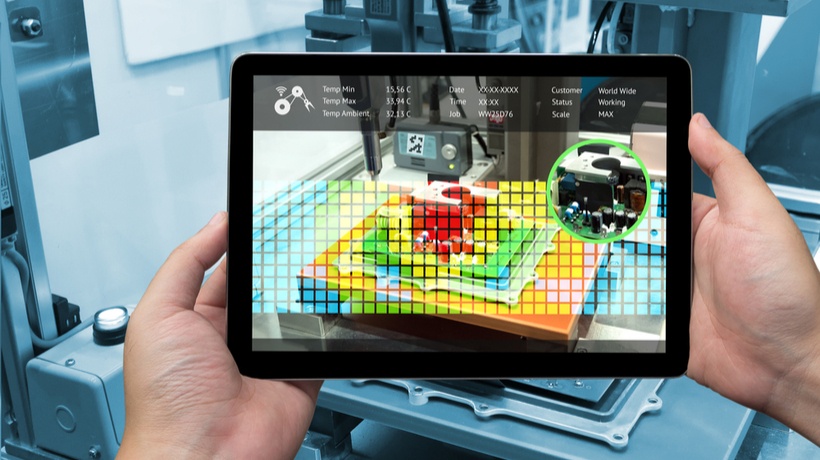Hospitality And Tourism Industry eLearning
The Hospitality and Tourism Industry accounts for 10.2% of the global GDP as of 2018. It is expected to grow to 15-16% of the global GDP by 2020. An industry with such an impact on the global GDP is bound to require an extremely skilled workforce. This means that hospitality and tourism professionals require constant training; and what better way to learn and develop than eLearning? eLearning has shown that it can benefit almost every industry under the sun, and Hospitality and Tourism is no exception. Presently, the industry experiences the highest level of skill shortage and staff turnovers in any industry, but eLearning can change that by developing the skills and knowledge of the employees and thus increasing customer satisfaction. Here are some useful tips on what strategy you should implement when you decide to create eLearning for the specific industry.
1. Mobile Learning
The employees in the Hospitality and Tourism industry have busy lives, and are, more or less, constantly on the move. This makes it difficult for them to have regular training, without their work suffering consequently. Mobile learning overrides this problem, as it is available on portable devices like smartphones and tablets, and makes eLearning courses accessible anytime, anywhere. Given the 24/7 nature of hospitality operations, learning “on the go” is absolutely essential.
2. Responsive Web Design Using HTML5
Having to view eLearning courses on portable devices like laptops, smartphones and tablets requires that the courses be responsive, i.e. run on multiple screens with varying resolutions. Using HTML5 to create eLearning courses, and keeping in mind responsive web design, it can be ensured that the course automatically resizes itself and adjusts to the capabilities of the viewing device. This saves the user trouble having to scroll unnecessarily, zoom in/zoom out, or do anything else to make viewing easier for that matter. This makes the User Experience uniform across all devices, as well as smooth.
3. Simulations
Simulations can help this industry a lot, as they focus on training employees to perform real-world tasks. In the Hospitality and Tourism industry such tasks, include problem-solving, customer relations, interpersonal skills, and operational procedures. For example, a simulation of the hotel can be created, which simulated various tasks like handling front-office operations, food service, and VIP guests, all in a simulated environment that mirrors the actual environment the employees work in, i.e. the hotel. Simulations offer a safety-net to the employees, and they can perform tasks and afford to make mistakes, mistakes that would prove very costly in real life.
4. Keep Text Minimum, Visual Components Maximum
Lots of text does not do well with mobile platforms. Modern eLearning courses shouldn’t use a lot of text anyway, as the modern learner is more used to visual stimuli and connects better with it than with text. Thus the usage of images and videos is advised, as they render well on mobile platforms. Various interactivities can be added using images too, such as the ‘flip-card’ interactivity.
5. Gamification
Hospitality and Tourism is a fun industry. There are countless games already on the internet that turn various commonplace daily tasks that occur in this industry into entertainment, like Chef Mario, and various other cooking, booking and hospitality simulators (a quick search will help you understand what I’m talking about). The point is, it is really easy to gamify an eLearning course based on Hospitality and Tourism content by adding game dynamics and components such as points, rewards, leaderboards, countdowns, levels, quests and the like. These allow for a more compelling and participatory user experience ultimately motivating and engaging users throughout the completion of the course.
As you’ll have noticed, mobile learning plays a huge role in the strategy listed above. The reason behind this is simple. The Hospitality and Tourism industry is one which is spread far and wide, with employees moving to and from a lot. Having all of the employees at one place, at one time for training is difficult, if not impossible in this industry. Thus, mobile learning presents the perfect solution by being able to reach out such a diverse and widespread target audience. If you’re a hotel owner looking to integrate eLearning as a means of training in your hotel or hotels, these points could come in handy.










